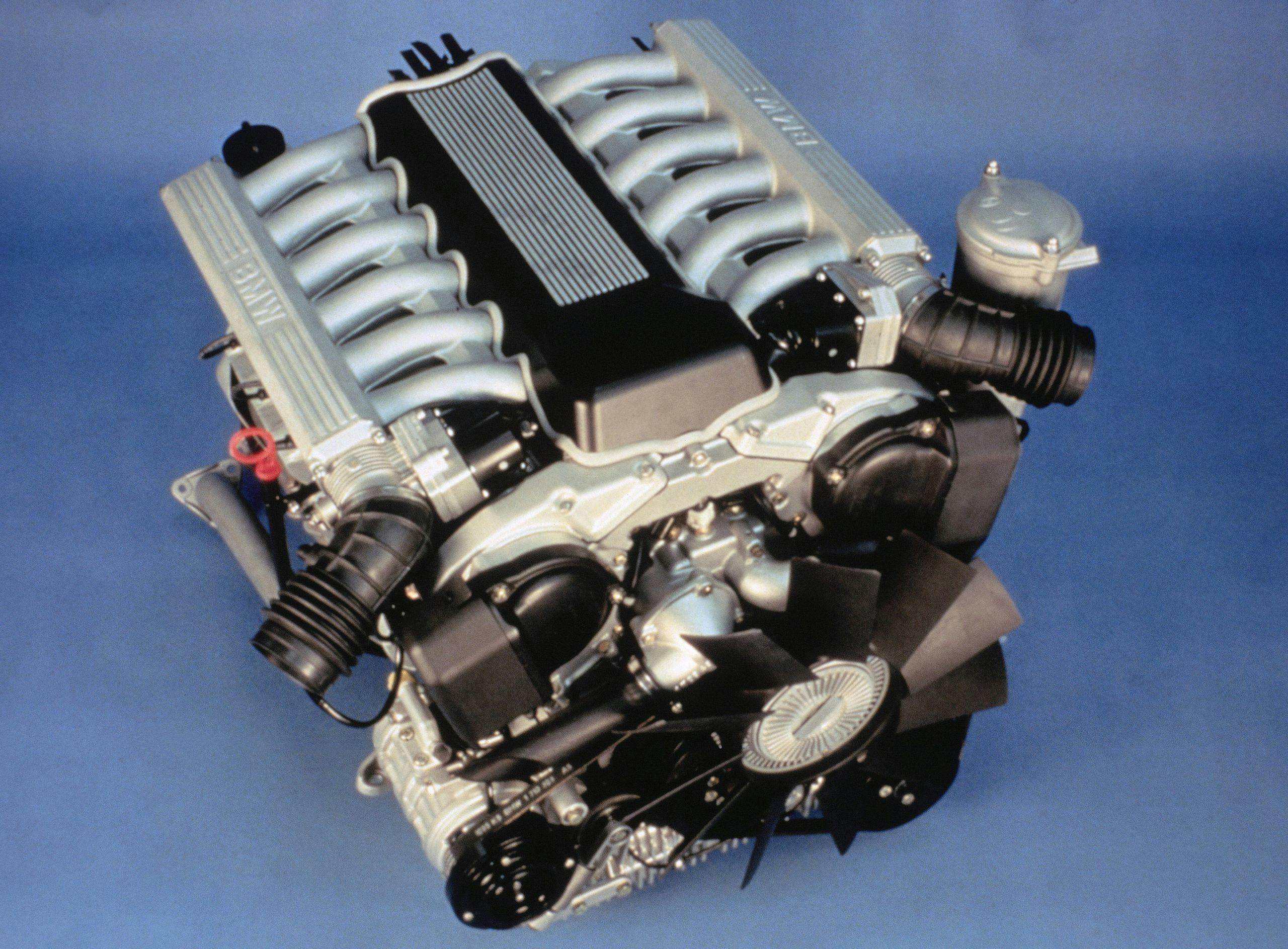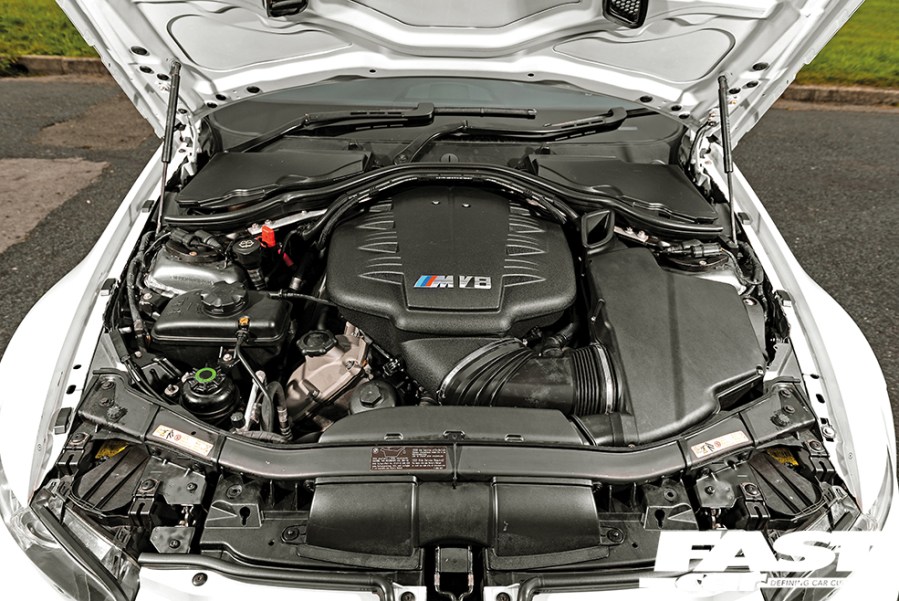Checking Out the Advancement of Burning Engines in Modern Transportation Equipments
As we browse the landscape of modern transportation, the development of burning engines stands as a testimony to human ingenuity and design prowess. From their simple beginnings to the advanced giants moving vehicles today, burning engines have actually undergone an exceptional journey of technology and adaptation. Recognizing the complexities of this evolution not just drops light on the past yet additionally leads the way for visualizing what lies in advance in the world of transport modern technology. The interplay of history, innovation, and ecological worries fit the trajectory of burning engines produces a narrative that is both engaging and informative.
Early Beginnings of Combustion Engines
How did the idea of burning engines first emerge in the very early phases of transport development? The origins of burning engines can be mapped back to the 17th century when the concepts of inner burning were very first discovered.
The development minute featured the creation of the initial successful gasoline-powered engine by Karl Benz in 1885 - bmw engine. This engine led the method for the growth of the modern-day automobile, changing transport systems worldwide. Subsequent innovations by Nikolaus Otto and Gottlieb Daimler additionally refined burning engine innovation, resulting in the mass production of cars and the quick expansion of the transport market
These very early combustion engines were characterized by their simpleness and effectiveness, laying the foundation for the complex and effective engines utilized in modern-day transportation systems. The advancement of combustion engines has actually been critical in forming the means we take a trip and carry products, noting a substantial turning point in the history of transport advancement.
Transition to Internal Combustion Innovation
The change to interior combustion innovation noted an essential shift in the development of transport systems. This shift began in the late 19th century, with inventors like Nikolaus Otto and Gottlieb Daimler developing the very first effective interior combustion engines. These engines revolutionized transportation by supplying a more powerful and reliable option to vapor engines and electric motors.
Among the essential benefits of inner combustion engines was their ability to be reduced to match lorries, causing the advancement of motorbikes and automobiles. This change from large, fixed engines to compact, mobile ones led the way for the modern transport systems we see today.
The shift to inner combustion innovation also spurred improvements in fuel modern technology, causing the growth of fuel and diesel as primary gas resources for lorries. This change not just made transport a lot more accessible to the masses however additionally laid the structure for the oil and gas sector to end up being indispensable to global economic situations.
Influence of Combustion Engines on Transportation
The adoption of combustion engines in transportation systems militarized an extensive change in the efficiency and rate of worldwide mobility. Burning engines transformed transport by offering a functional and reputable source of power for numerous automobiles, consisting of cars, vehicles, ships, and airplanes. This innovation dramatically improved the capability for items and you can try this out people to move over cross countries in shorter time structures, resulting in increased connection in between areas and countries.
Moreover, the widespread use combustion engines has had a substantial influence on economic development. The ability to transport goods efficiently has spurred profession and commerce, allowing services to expand their markets and get to consumers worldwide. This has helped with financial development and globalization, as items can now be delivered faster and in larger amounts than ever in the past.
Nonetheless, the ecological impact of burning engines can not be neglected. The burning of fossil gas has actually led to air pollution and greenhouse gas emissions, adding to environment modification and positioning health click here now dangers to populaces. bmw engine. Because of this, there is an expanding focus on developing alternate propulsion modern technologies to reduce these unfavorable impacts and produce a more lasting future for transportation
Innovations in Burning Engine Design
Numerous developments in combustion engine layout have driven the advancement of transport systems over the years. One notable development is the development of turbocharged engines, which make use of exhaust gases to drive a generator that compresses incoming air, enabling more gas to be charred, leading to boosted power output without a substantial boost in engine dimension. Furthermore, straight shot technology has actually enhanced fuel performance and performance by specifically managing the amount and timing of fuel injected right into the burning chamber. Variable valve timing systems have actually likewise reinvented engine layout by optimizing air flow at various engine speeds, improving both power and efficiency. An additional significant advancement is the integration of light-weight materials such as carbon fiber and aluminum alloys, lowering overall engine weight and boosting vehicle gas economic situation. Furthermore, developments in computer-aided design have actually allowed designers to maximize engine performance and performance via simulations prior to physical prototypes are built, saving time and resources in the advancement procedure. These advancements collectively add to the continuous renovation of burning engines in modern-day transportation systems.
Future Trends in Combustion Engine Advancement
With technology improvements driving continual development, the future of combustion engine growth is positioned to transform transport systems worldwide. One of the vital patterns in burning engine advancement is the press in the direction of greater efficiency and reduced exhausts.
One more popular fad is the adoption of crossbreed modern technologies in combustion engines. Crossbreed engines combine traditional combustion modern technology with electrical power, providing enhanced gas performance and lower discharges. As the auto market changes in the direction of electrification, hybrid combustion engines are viewed as a transitional option that connects the void in between conventional lorries and fully electric ones.
Moreover, the assimilation of wise modern technologies, such as man-made knowledge visit this page and information analytics, is expected to play a significant function in the future of burning engine development. These modern technologies can optimize engine efficiency in real-time, resulting in more reliable combustion procedures and boosted total automobile performance. Embracing these future patterns will not only drive advancement in burning engine development yet additionally add to a more sustainable and environmentally pleasant transportation environment.

Final Thought
In verdict, the development of burning engines in modern-day transportation systems has actually been marked by substantial innovations in technology and style. From the very early starts of combustion engines to the shift to inner burning modern technology, these engines have actually had a profound influence on transport.
The origins of combustion engines can be traced back to the 17th century when the concepts of interior burning were first discovered. These engines transformed transportation by supplying a more effective and effective option to heavy steam engines and electrical motors.
